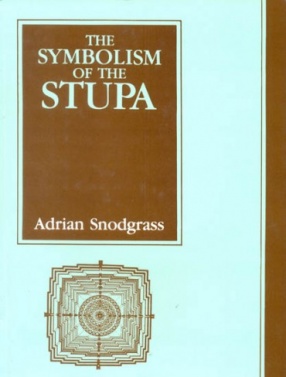The stupa is a symbolic form that pullulates throughout South, Southeast, and East Asia. In the Indian manifestations it is an extreme case in terms of architectural function; it has no usable interior space and its construction has a basic simplicity. In this "State of the art" study Adrian Snodgrass reads the stupa as a cultural artifact. The monument concretizes metaphysical principles and generates multivalent meanings in ways that can be articulated with literary texts others architectural forms.
The Symbolism of the Stupa
In stock
Free & Quick Delivery Worldwide
reviews
Bibliographic information
Title
The Symbolism of the Stupa
Author
Edition
1st. ed.
Publisher
ISBN
978812080785
Length
474p., B/W.Illustrations 661; 9.9" x 7.8"
Subjects







There are no reviews yet.